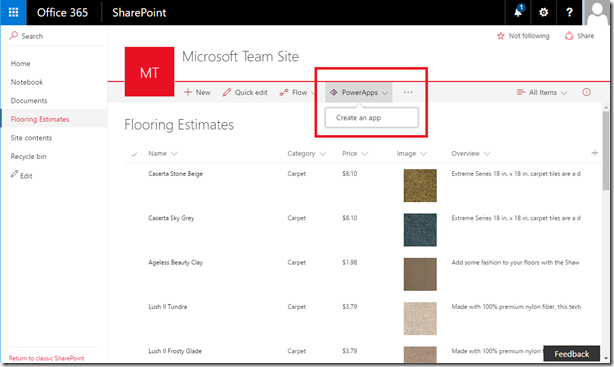On 31st October 2016, Microsoft SharePoint announced the availability of PowerApps and Microsoft Flow. Both the tools enable users to automate workflows and build custom apps quickly, and it is also suitable for specific needs of SharePoint users.
What are PowerApps?
Image Source- https://powerapps.microsoft.com/en-us/blog/announcing-general-availability
PowerApps is meant to help users who can’t code. It is used to develop forms that help to view and edit data. Similar to Microsoft Access forms, PowerApps helps Power Users to create forms that can pull data from different data sources in the Cloud like Dropbox, Salesforce, SharePoint Online, etc.
The rollout of PowerApps preview, which started in August this year, has been integrated with SharePoint Online modern lists. To learn more about generating an app from the SharePoint Online list interface, you can watch the tutorial available here.
PowerApps, in the coming days, will be fully integrated with SharePoint web experience, which means that it can be launched from the SharePoint mobile app.
What is Microsoft Flow?
With the help of Microsoft Flow, a user can react to an event in one service like SharePoint Online and do something with that data in another service like some other social media channel. Use of Microsoft Flow does not require any special coding skills.
In a video on YouTube, Alan Richards, Microsoft MVP, gives an overview of Microsoft Flow and PowerApps. He also addresses the question – what are the challenges that both of these tools can help solve?
The plan, this month, is to make PowerApps and Microsoft Flow fully enabled for most of the Office365 commercial plans. The connectivity between SharePoint Online, on-premises, SQL, OneDrive, Exchange and enterprise services like Twitter and Yammer will be made possible.




